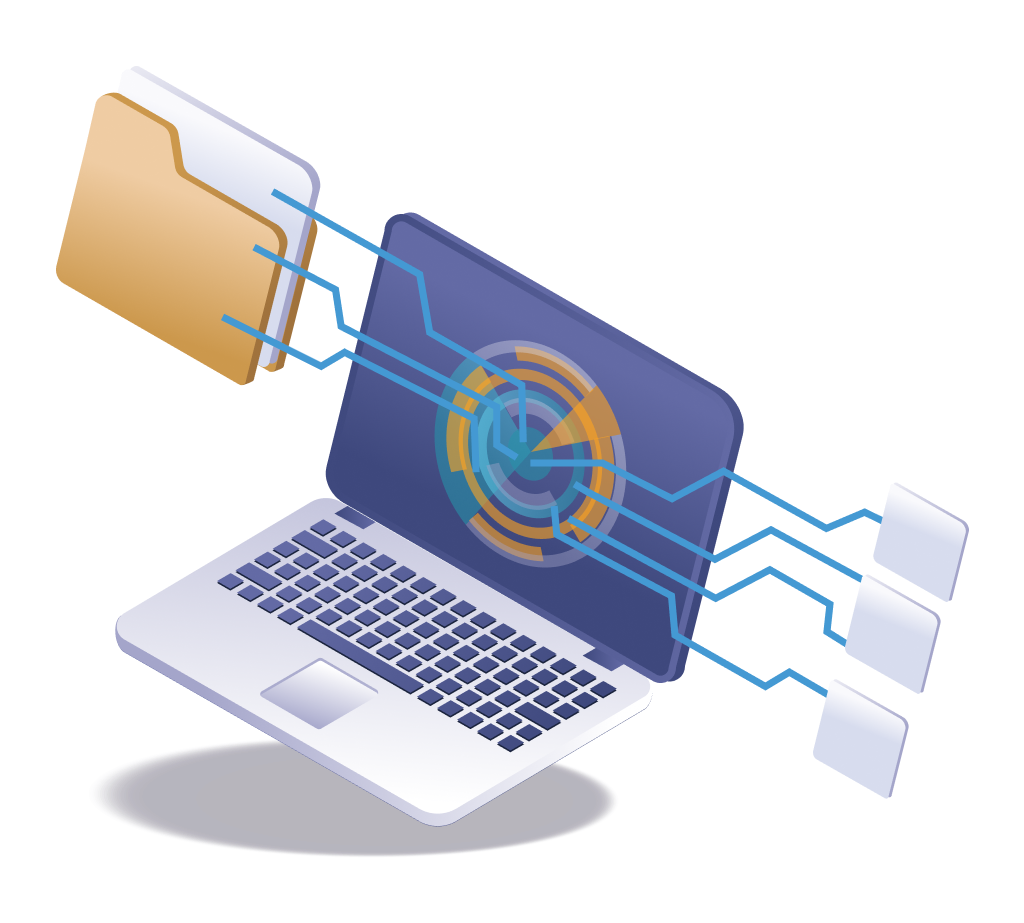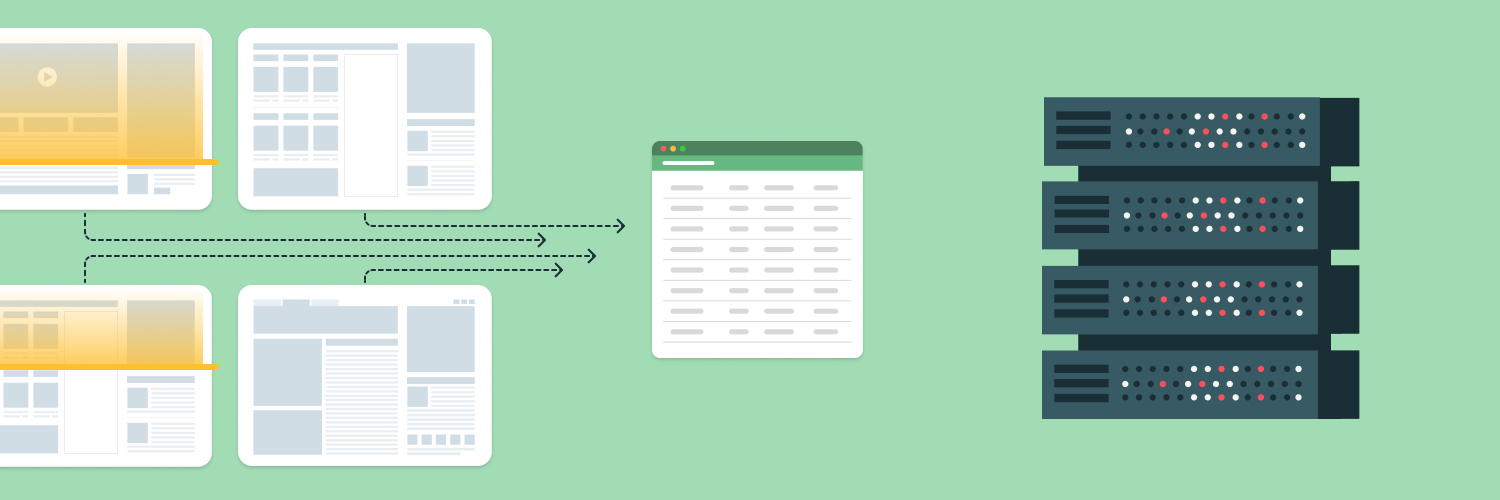Automated Sentiment Analysis Tools
Automated sentiment analysis tools are one of the most important tools organizations have when they want to automate the process of understanding their customers. Understanding emotions and the meaning behind text takes a comprehensive process unless you have a tool to help you through the process.
Looking For Proxies?
Use our powerful and reliable proxies to get the data you need to succeed!

To analyze thoughts of reviews, statements, documents, brand mentions, or conversations of other types, it is critical to complete an automated sentiment analysis of that data. With the help of web scraping (to capture the information you want to analyze) and the use of proxies (to protect your identification and avoid blocking technology), companies can get deep insight into what people really experience. Let’s talk about how to do this and the best tools for the process.
What Is Automatic Sentiment Analysis?

Sentiment analysis is the process of understanding the emotions weaved into human conversation. When meeting a person, reading their body language, such as how they hold their arms or their expression, helps you understand their true beliefs and feelings. With text, there are small nuances that help us better understand what people type. Automatic sentiment analysis automates the process of capturing that sentiment information.
Many people can handle sentiment analysis of a conversation on their own. If you read something on social media, you can often use details to help you understand meaning, such as context clues and emojis. However, as your company grows, it becomes challenging to track down all of those brand mentions, conversations about your product, and details about your service without technology.
By using automated sentiment analysis tools, you get a better understanding of a broad range of conversations and meanings about your product, service, brand, or other specific objectives.
What Is an Automated Sentiment Analysis Tool?

Sentiment analysis tools utilize artificial intelligence (AI) to analyze all of the data you feed to it. The tools are trained to pinpoint those intricate nuances in language that people use to express emotion, therefore allowing you to automate the process of analyzing emotion.
Automated sentiment analysis tools use natural language processing (NLP) to understand text details. It can do this for content such as:
- Social media posts
- Reviews posted online
- Feedback received in various forms
It does not analyze just one bit of text, though. You could easily do that. Instead, it will calculate the average sentiment around the specific target you’re analyzing, such as your brand. It will then classify that information as:
- Positive (people are happy with the product or service)
- Negative (people have poor opinions about the product or service)
- Neutral (people seem to be indifferent about the product or service)
Some tools go a bit further in allowing you to analyze competitor information and videos about a topic important to you by analyzing expressions or other strategies. For this guide, we will focus on text, which is typically the most important component of any type of analysis of data online today.
With sentiment analysis tools, your business gains insight into public perception as well as customer service trends, changes in product needs or demands, and gaps in the services or products you offer. A powerful resource, you can then use this information to make decisions to improve your business.
How to Gather Data for Automatic Sentiment Analysis

It sounds like automatic sentiment analysis can be a critical component of your business growth objectives and goals, but where does the data come from? To work, these tools need you to provide it with the data you want to analyze. That is where web scraping comes into play.
Set Up Web Scraping
The first step in this process is web scraping. At Rayobyte, we’ve provided a wide range of tools that can help you learn what web scraping is, what it can do for you, and how to make web scraping easy. For a short explanation, consider that web scraping is the process of creating a database of information from various websites that you want to analyze. You choose what you want to target, where to get it from, and what to do with it.
Always Use a Proxy Service
There is one key caveat we always discuss when it comes to web scraping, and that is the essential use of a proxy. A proxy is a type of intermediary that stops the transfer of information and data from one server to the next. A proxy service allows your IP address – the information that identifies your computer – to be protected, shielding it from anyone else’s view. This protects your privacy as you move through web scraping and any type of automated sentiment analysis process. We recommend setting up a dedicated data center proxy to help you with web scraping.
Looking For Proxies?
Use our powerful and reliable proxies to get the data you need to succeed!

Determine Goals
With your web scraping completed using a proxy, you can now use the data you have for a wide range of tasks. Before you can begin using any of the automated sentiment analysis tools we list below, you need to define your objectives. This allows you to choose the right tool for your specific needs. Some of the most common applications of sentiment analysis tools include:
- Social listening: Social listening is a tool to monitor opinions and reactions to brands, services, products, or other specific topics of interest, typically done on social media.
- Review management: Utilizing sentiment analysis tools, it is possible to analyze customer feedback from reviews across various platforms where those reviews exist.
- Brand insights: Customer experience, service, and other details that provide insight into how people interact with and understand your brand can help you build a stronger public image.
- Competitor analysis: Utilizing automated sentiment analysis, you can take the same steps listed here and apply them to your competitors, understanding what consumers like and dislike about them.
Once you outline the specific objectives you have, you can then choose a sentiment analysis tool that enables you to capture that information.
The Best Automated Sentiment Analysis Tools to Use

It’s easy enough to find dozens of automated sentiment analysis resources and tools online. Let’s be frank here, though. Not all work. Some do not work well, and others may be so complex and difficult to use that they waste your time. To help you make the most of automated sentiment analysis, we have broken down the most important and effective tools to enable you to create authentic, accurate insights.
Here are our recommendations for automated sentiment analysis tools worth your consideration.
Google Cloud Natural Language API: One of the most well-known tools is Google Cloud NLP API. This tool is designed to extract insights and opinions from a variety of documents. That includes social media, chats, and emails. It is done through entity and sentiment analysis.
There are several benefits to using Google NLP API. First, it incorporates multimedia components with integration with Speech-to-Text and Vision APIs. That allows you to analyze audio files as well as scanned documents. It also allows you to tap into a global audience thanks to the link to Translation API.
IBM Watson: IBM Watson NLP is perhaps one of the most interesting options for those who want deep-quality insights and data. It is a common library for natural language processing, document understanding, and translation. This is one of the most robust sentiment analysis tools available because it creates a single tool for most needs.
The process takes a bit of learning but can be worth it because it can offer excellent insights into content that is specific to your business or objectives. There is a full tutorial available to help you start using it. You can use a pre-trained model for sentiment analysis as well as a fine-tuned model based on the Watson_nlp library based on what is best suited for your needs.
Microsoft Azure Text Analytics: Microsoft Azure’s Azure AI Language is another excellent choice for several reasons. It allows you to build natural language processing applications even if you do not have a lot of experience in the process (which means you can start using it as soon as now). You can use it for a variety of tasks, including sentiment analysis, key terms, text summarization, and conversational interface development.
There are numerous benefits to this tool, including multilingual models that allow you to use it across several different languages. Azure also has very strict privacy standards. To do this, text inputs are used just for training models. Overall, Azure AI Language is an excellent automated sentiment analysis tool.
Open Source Library VADER: Valence Aware Dictionary and Sentiment Reasoner (VADER) is a pretty impressive solution. It is a well-known sentiment analysis tool typically used for social media sentiment analysis. It can also work for opinion mining, a more comprehensive process of gathering intricate data. What makes it unique is its lexicon and rule-based approach to analyzing sentiments found in online conversations.
VADER is a solid choice when you want to analyze online conversations where emotional tone is necessary. It uses a predefined sentiment lexicon that is tailored specifically to the type of language found on social media.
Open Source Library TextBlob: TextBlob is also an open-source library designed to provide specific insights into sentiment analysis. It was specifically built in Python, which makes it ideal for those who like to use Python-based tools. It is still very easy to use and learn, even without any previous skills.
This API can handle sentiment analysis, as well as noun phrase extraction and part-of-speech tagging. It is very accessible and designed to be a true beginner-level product. It is best for smaller sentiment analysis projects, though, since it can take a bit more time. The real-time sentiment analysis and social media monitoring insights are solid.
BERT-Based Models: Various Bidirectional REprsentation for Transformers (BERT) models exist as well. This is a type of automated sentiment analysis tool that will use the BERT language model to analyze text through the understanding of context words within that text.
Google developed BERT as a machine learning model for NLP that uses surrounding words to help understand sentiment. Various third-party tools use this language as a way to analyze data for customer reviews, social media understanding, and public opinion, among other tasks.
Why Use Automated Sentiment Analysis Tools?

Automated sentiment analysis tools use machine learning, deep learning, and lexicon-based approaches to understand the text. They can:
- Understand the emotions people are communicating through their words
- Provide detection for unique elements of human language like sarcasm
- Analyze context based on the words surrounding the content
As noted, when choosing any type of tool for automated sentiment analysis, consider those that offer a bit more advanced and detailed processes that can offer even more accurate insight, such as those that offer:
- Multilingual support so you get a global feel for sentiment
- Real-time analytics which can be important in decision-making
- Aspect-based sentiment analysis when you need very precise insights
As a business, it is critical for you to learn the value of automatic sentiment analysis. This is not something that the leading companies are doing or will do in the future. It is a very real and very important resource available to your company to use now.
When you automate sentiment analysis, including with the foundation of web scraping and proxy protection, you can capture data and understand what it means without any manual input from people. This allows you to efficiently process a huge amount of text data that you can use to identify trends, gain insights into experiences, and create data-driven decisions about your future marketing, language, product development, or any other component of your product or business that is critical to future development.
Getting started with automated sentiment analysis takes getting the data you need first. We encourage you to dive into web scraping to start capturing the mentions of your company across the internet. Use Rayobyte to access the proxies you need to protect your identity throughout this process.
Looking For Proxies?
Use our powerful and reliable proxies to get the data you need to succeed!




